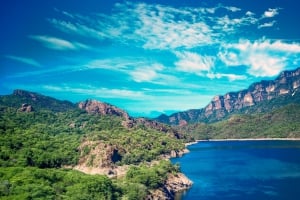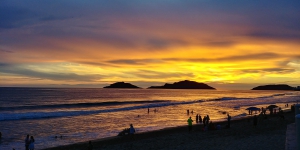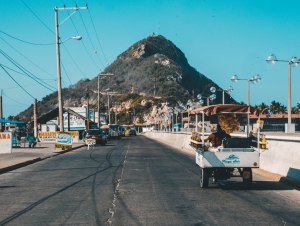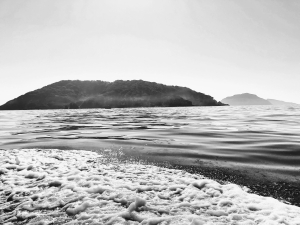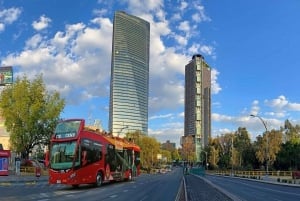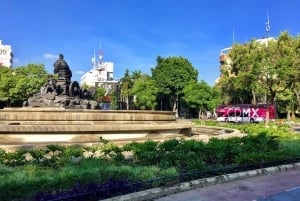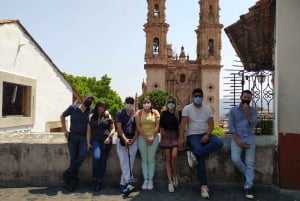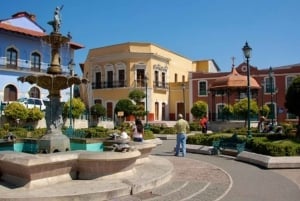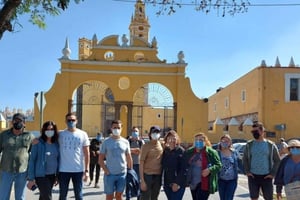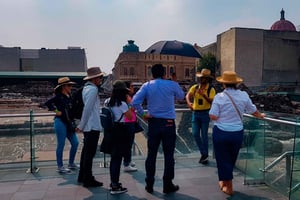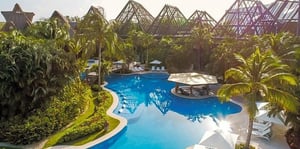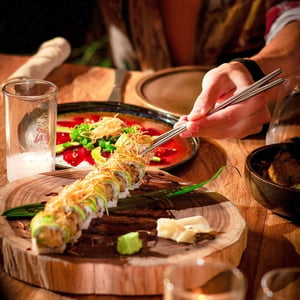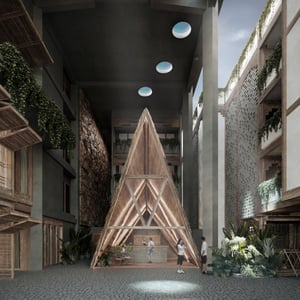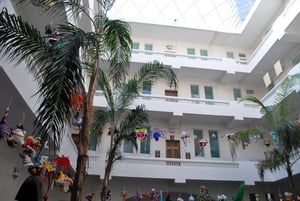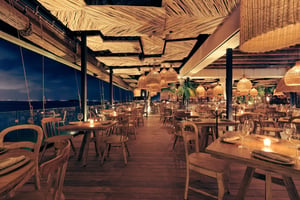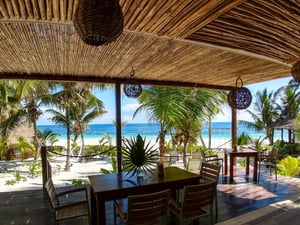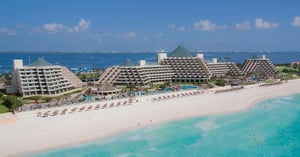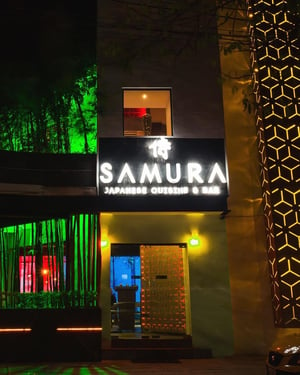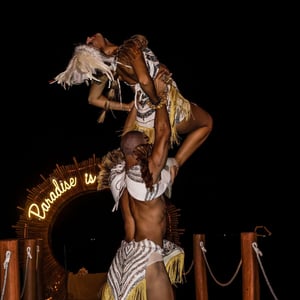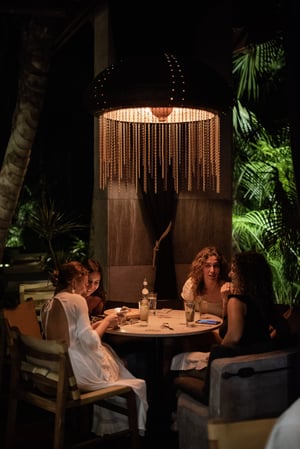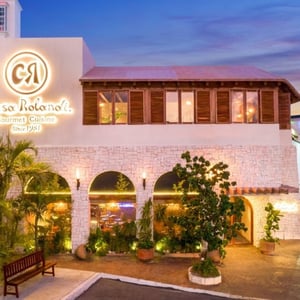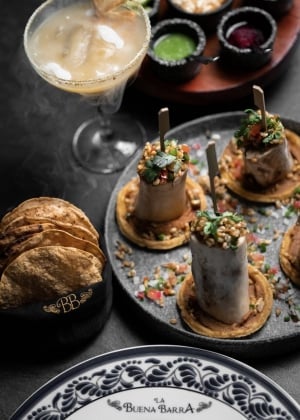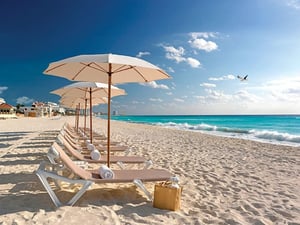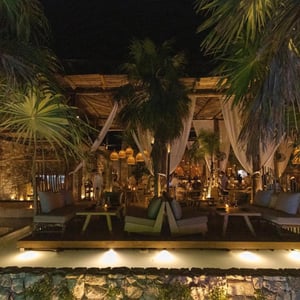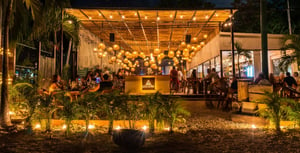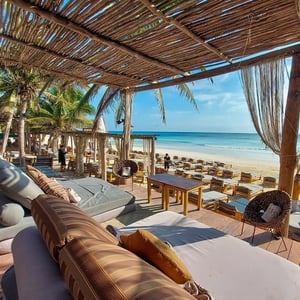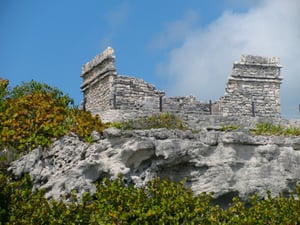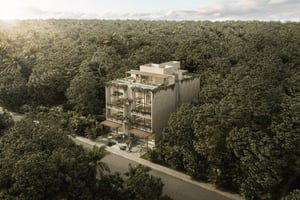Sinaloa
Beautiful landscapes of magnificent mountains, pine trees and complex ravines.
Sinaloa is situated in the northwest of the Republic; however, it is culturally part of the West. It shares a neighborhood with Sonora, Chihuahua, Durango, and Nayarit, and has a large, rich, and beautiful coastline on the Pacific Ocean and the Sea of Cortez.
In ancient times it was inhabited by groups of hunter-gatherers who had ended their diet with the fruits of the sea. The invasion took a number of expeditions and it was only with the arrival of the Jesuit missionaries that the area was pacified.
Mining has provided the impetus to the creation of Spanish settlements and, thanks to it, the emergence of baroque religious art has been made, as can be seen in the churches of Copala, Rosario, and Concordia, among others.
The great biodiversity of the Sierra Madre Occidental makes the state beautiful landscapes of magnificent mountains, pine trees and complex ravines supplying water to eleven rivers.
Sinaloa is currently one of the largest agricultural producers in the country and provides an infinity of historical, educational, environmental, and recreational attractions. It also has lovely cities like Mazatlán, Culiacán, Guasave, Cosalá, Mocorito, and many more.
Culture:
The practices and rituals of Sinaloa are widely regarded and are mainly based on their ancient indigenous history. Mainly, their traditions are based on festivals that are held every year, while they also have a long heritage of crafts and music.
The coasts, valleys, and mountains make for a wide variety of activities to be carried out in this area. Semi-desert parts, forested areas of the Sierra Madre, large rivers, and a reasonably large coastline can be found in this territory.
This area is home to the Mayan tribe, which continues to carry out and preserve many of the rituals of ancient culture. The most famous regions of Sinaloa are El Fuerte, Mochicahui, Choix, Mazatlán, Ahome, Rosario, and Sinaloa de Leyva.
Tourist places:
- Cathedral of Our Lady of the Rosary of Culiacán: Its construction began in 1842, but it was not until the project's completion in 1885. This massive structure displays an eclectic style, typical of the Neoclassical and Baroque eras. The Cathedral, located next to the Plaza de Armas, is the most important religious landmark in the region.
- Genaro Estrada Cultural Center: The State Government set up this center in the mid-1960s to establish cultural practices such as dance, film, and literature. It has a gigantic theater that appears to be the most modern in terms of technological facilities in all of Mexico, used by theater, music, and dance companies from all over the world. The center also has a renowned art school, an impressive library, a film theatre, a gallery that contains Diego Rivera's murals, and an outdoor performance area.
- Sinaloa Science Center: The Sinaloa Research Center in Culiacán helps you to take separate approaches to scientific and technical knowledge. It gives you an experience full of surprises and answers to the most unsettling questions. Get set to explore the future of science and technology.
- Sanctuary of Guadalupe: The Church of the Sanctuary of Guadalupe, in Culiacán, best known as "La Lomita" was built in the 19th century, but in the mid-20th century it underwent a period of restoration to become what it is today. Its architectural shape similar to hyperbolic paraboloids; the interior room is illuminated by five remarkable stained-glass windows with depictions of Our Lady of Guadalupe. You can see the City of Culiacán from the railings of the church.
- Sinaloa Art Museum: Established at the beginning of the 19th century, this building originally housed the Government Palace, which eventually became the Culiacán Police Station. This neoclassical building was renovated in 1991 and has been turned into a remarkable art museum with works by Diego Rivera, José Clemente Orozco, Atanasio Vargas, Gerardo Murillo, Dr. Francisco Toledo, and Rufino Tamayo, among others.
Weather:
The climate of Sinaloa is mild and semi-dry, with an average temperature of 25 °C and an annual rainfall of 600 to 1400 mm in the south of the region.
Gastronomy:
The range of tastes, colors, and textures is genuinely unique. That's why today we're going to remind you of some of the delicacies that will leave you with a nice taste in your mouth.
- Fresh Shrimp Ceviche.
- Flautitas.
- Tamales of meat, corn, sweet, salty.
- Charro beans.
- Grilled chicken.
- Quesadillas.
- Red pozole.
- The flour and corn burritos.
- Barbecue.
- La Birria.



